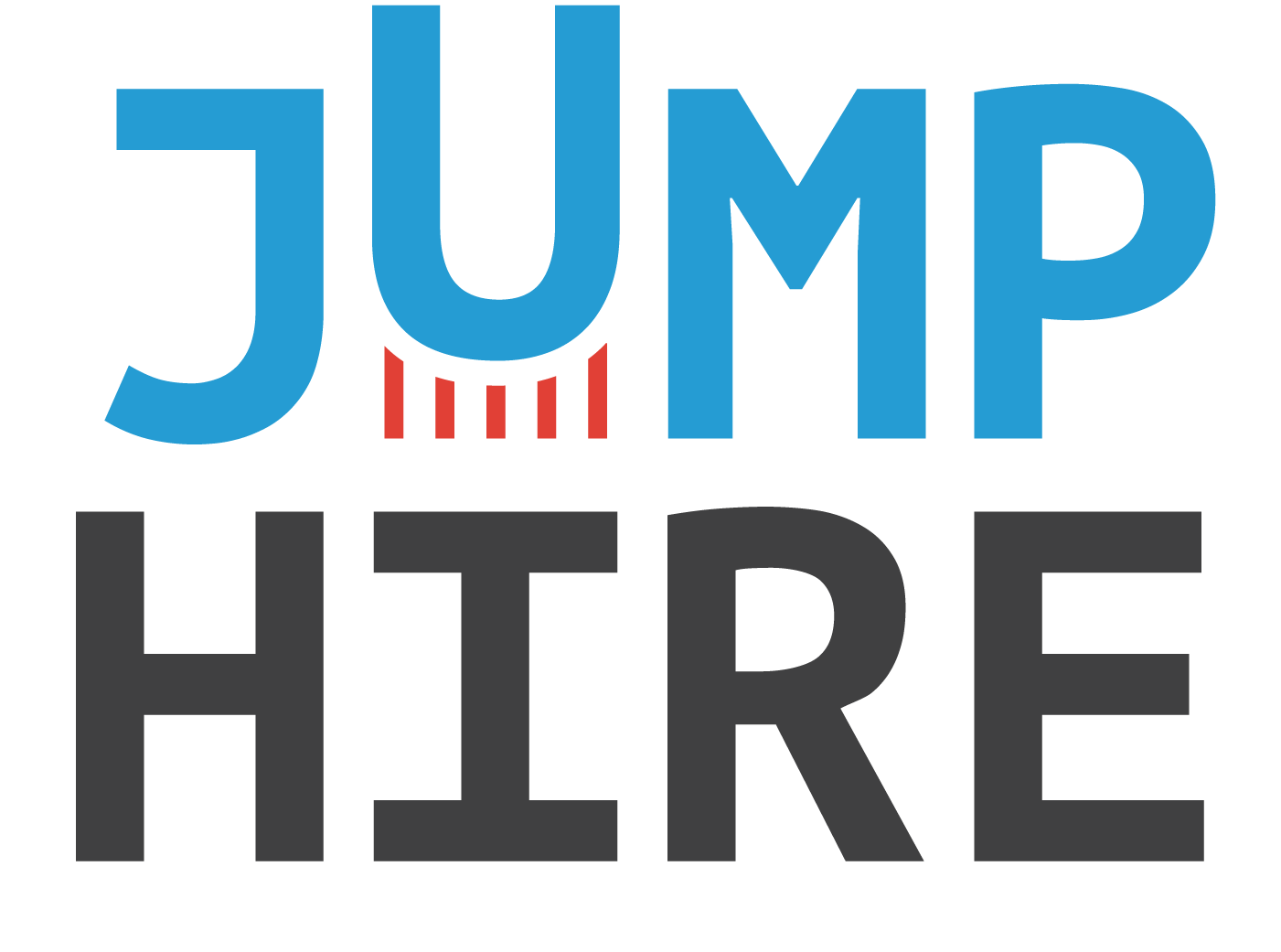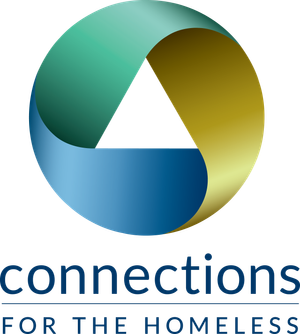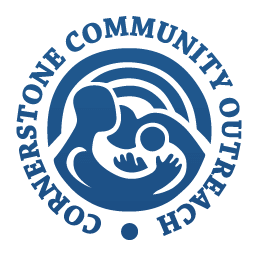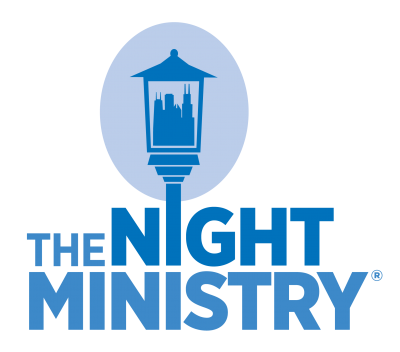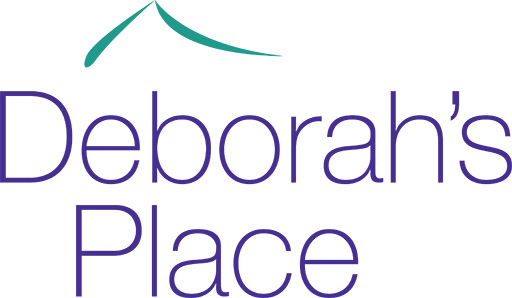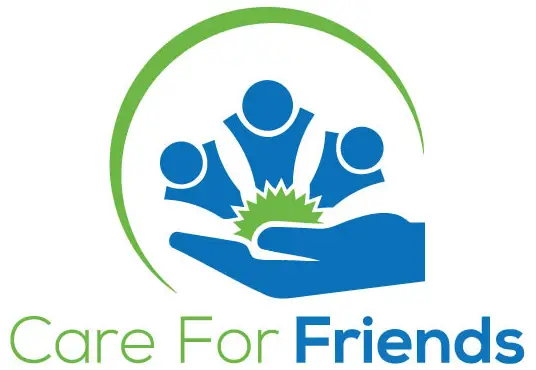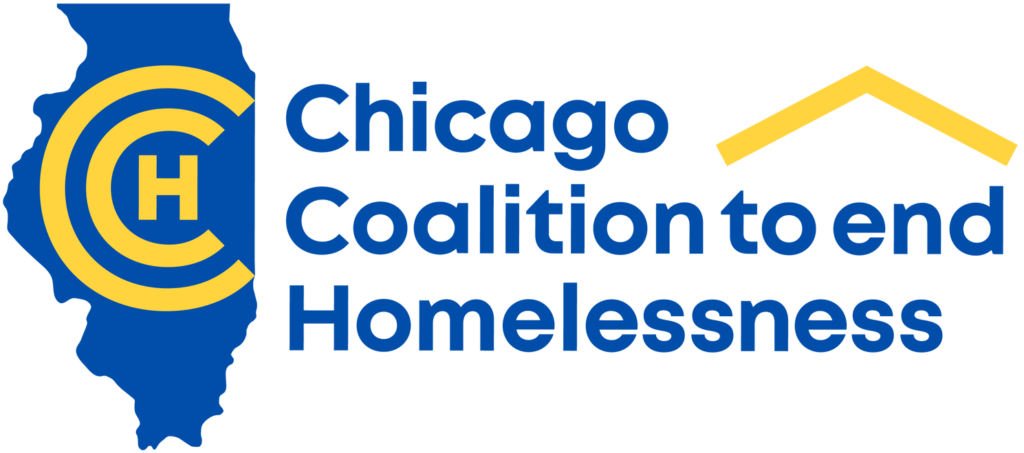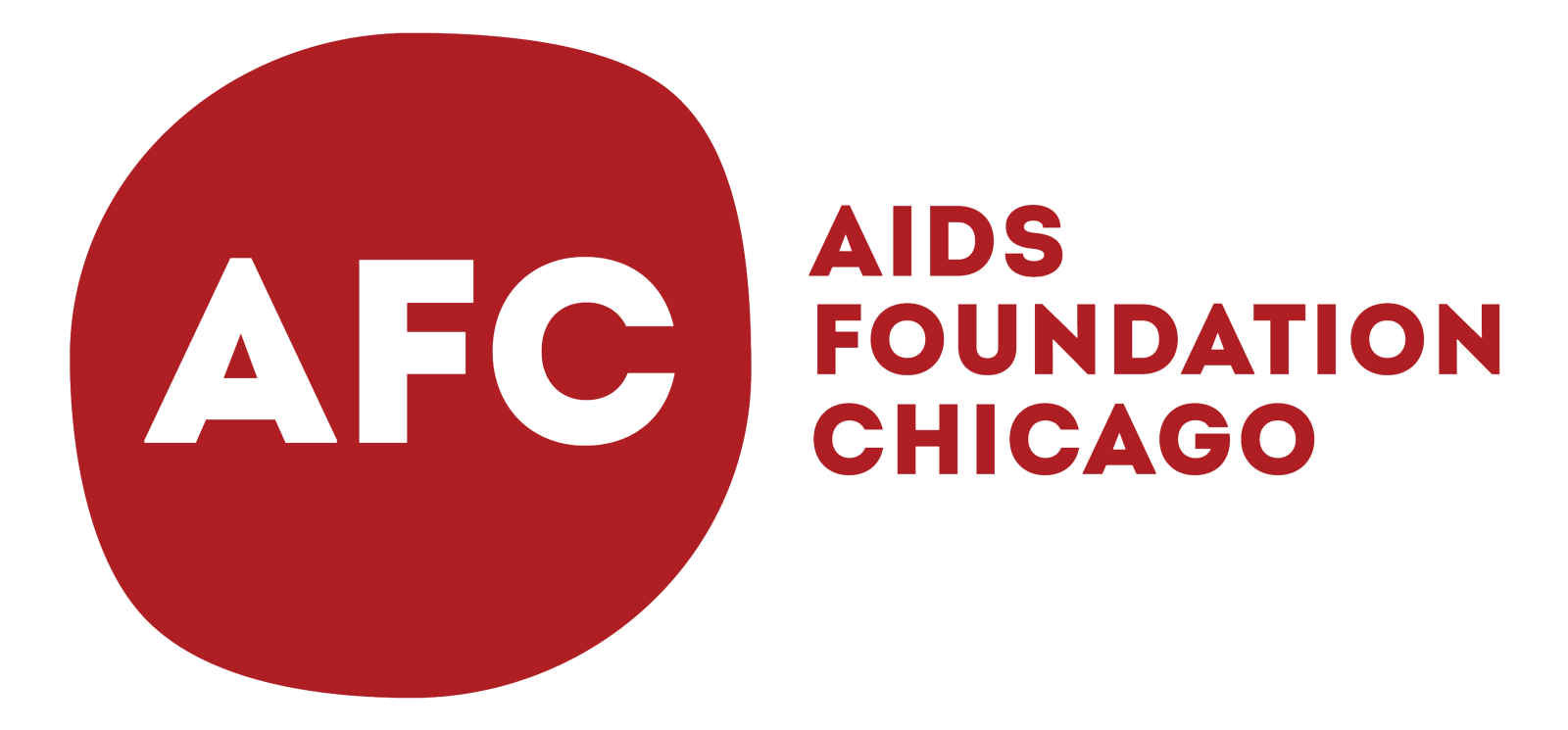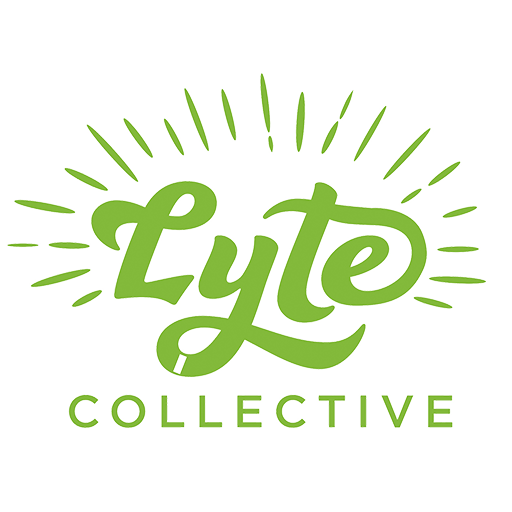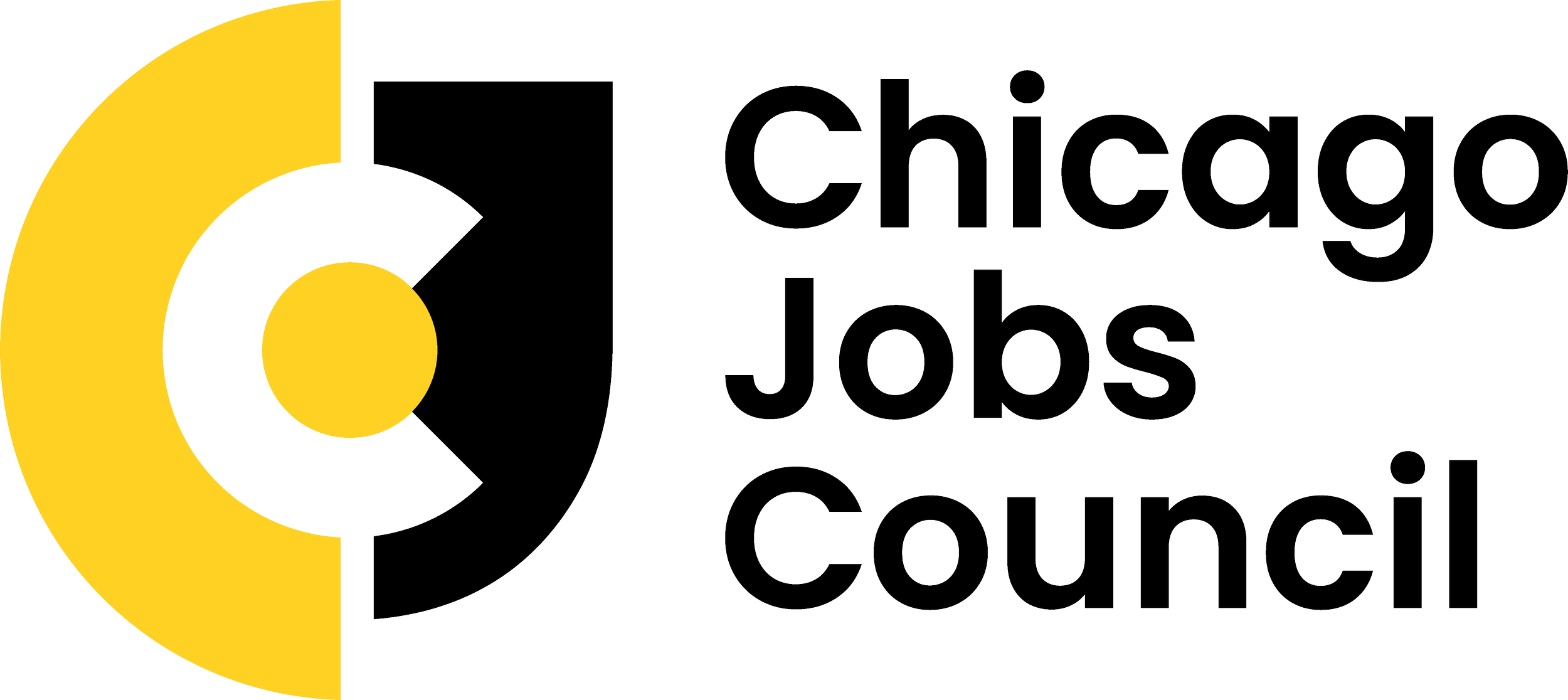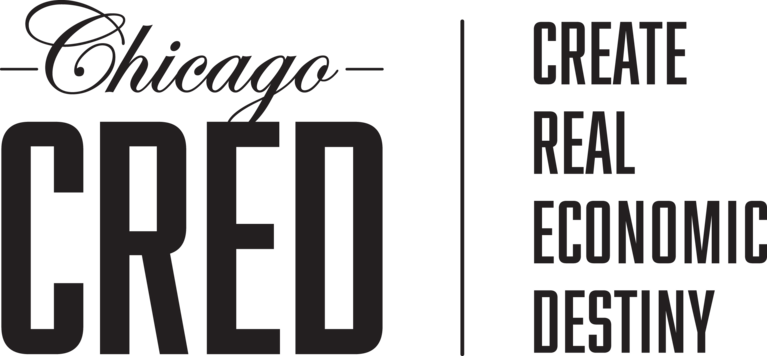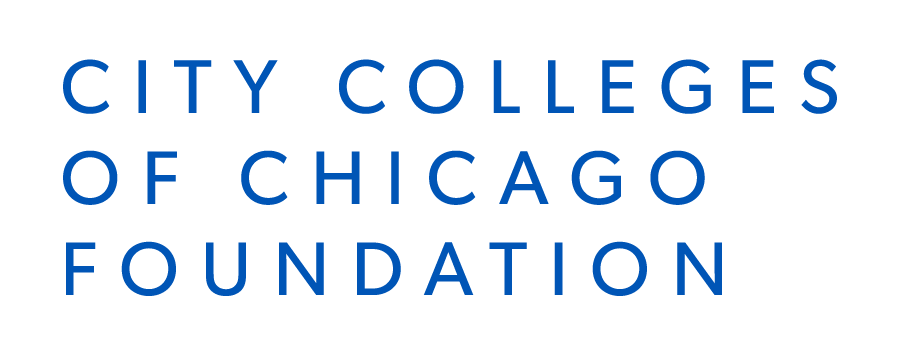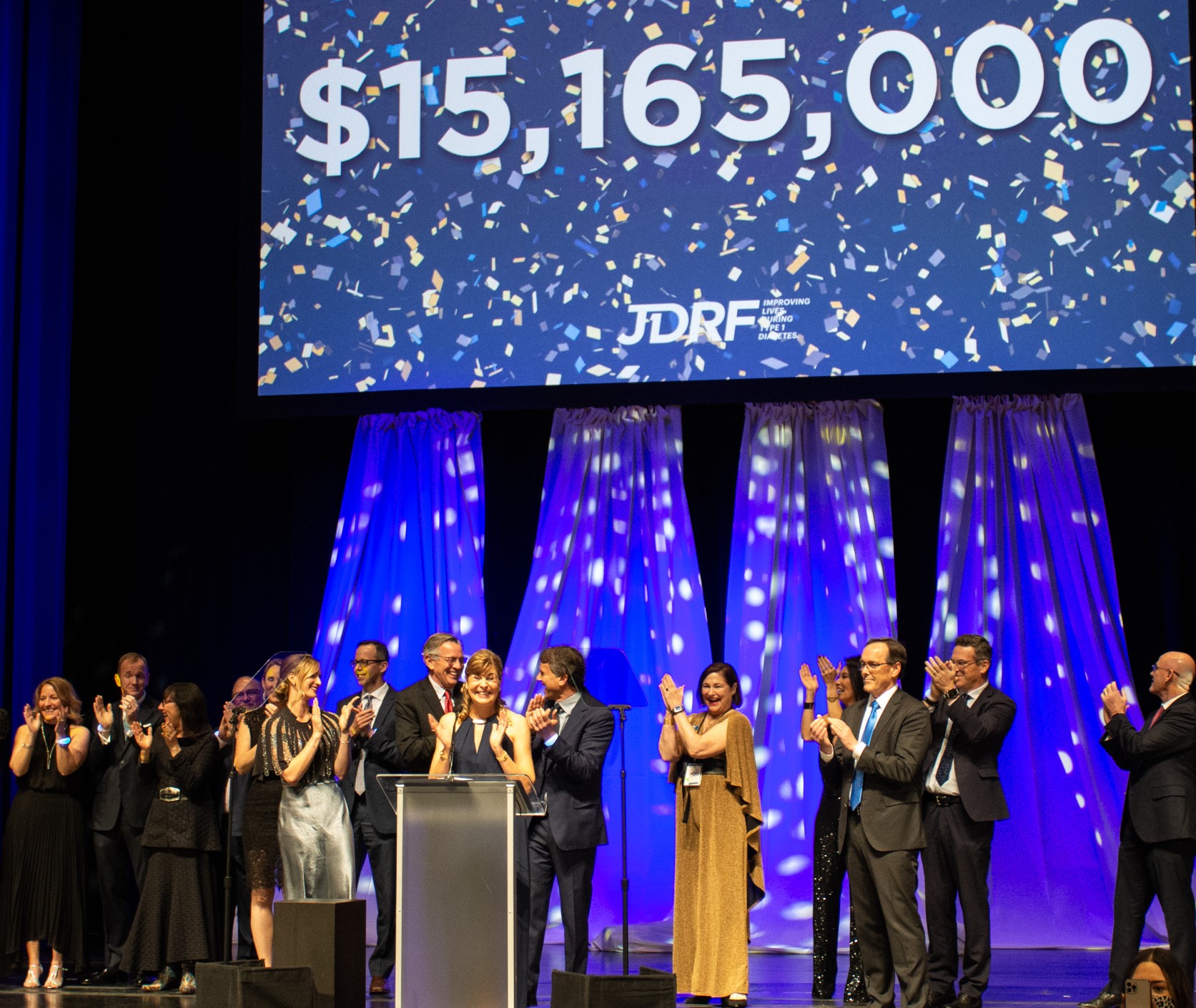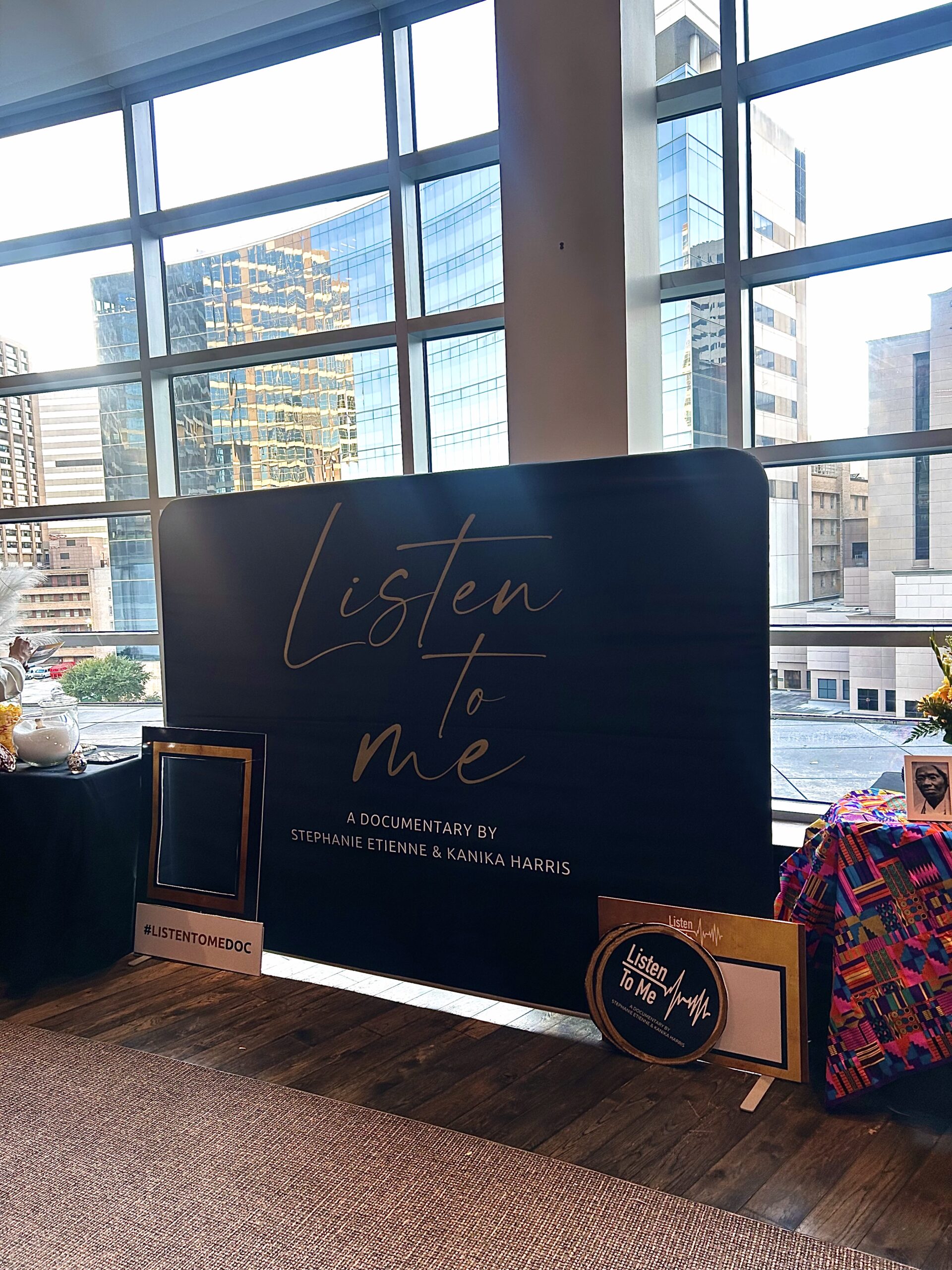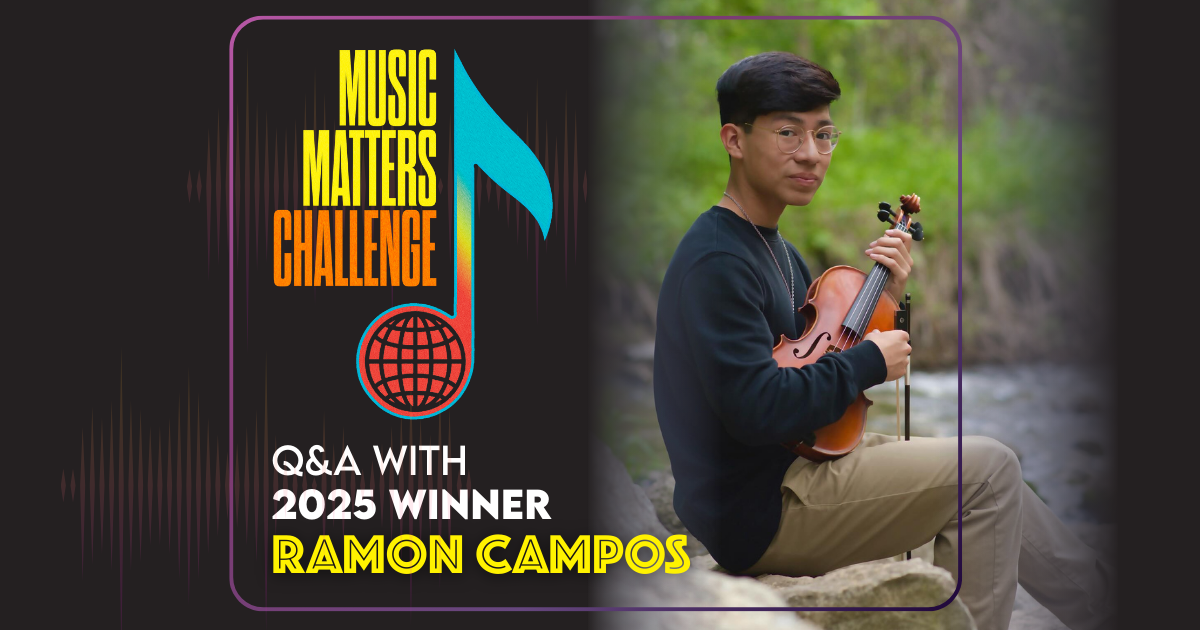Connection Before Solutions: Lessons from a Year of Listening and Learning in Chicago’s Homelessness Sector
By Sophia Kahl
-
Share
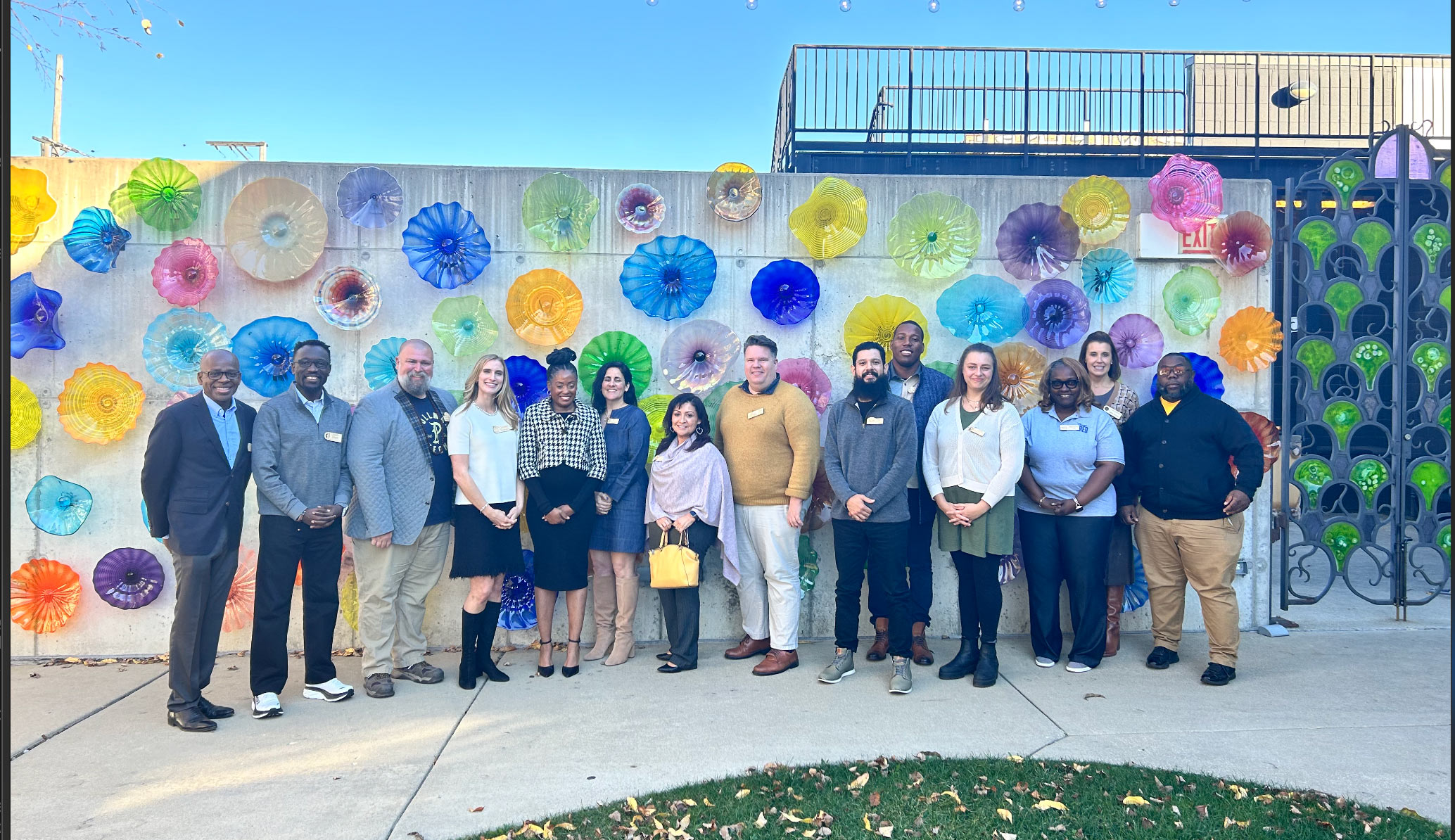
Few societal challenges feel as immediate and heartbreaking as homelessness. In a city like Chicago, the contrast is striking — people sleeping on sidewalks just blocks from gleaming high-rises, or seeking shelter at bus stops as commuters pass by. It’s a glaring reminder of how deeply the system is failing. But even this visible hardship doesn’t tell the whole story.
According to the Chicago Coalition for the Homeless, approximately 76,375 people in Chicago experienced homelessness during 2022 — a number that includes those living in shelters, on the streets, or “doubled-up” with friends or relatives. That figure represents a 12% increase from the previous year. Yet even this significant rise likely understates the true scale of the crisis. The U.S. Department of Housing and Urban Development defines homelessness narrowly, excluding those who are doubled-up — the most common form of homelessness in the City. Their annual Point-in-Time Count only captures individuals in shelters or unsheltered on a single night in January, leaving thousands in unstable housing situations unaccounted for.
This undercount has real consequences. It disproportionately affects communities of color and contributes to the ongoing misallocation of critical resources. Systemic inequities — like discriminatory housing policies, wage disparities, and the chronic underinvestment in certain neighborhoods — compound the problem and leave many families without the support they need.
At Tullman Family Office, our work is grounded in a deep love for Chicago and a commitment to contributing to a more evenly prosperous future in our City. We believe Chicago is uniquely positioned — not just to confront homelessness within its borders, but to serve as a national model for how cities can elevate bold, community-driven solutions. The scale of the crisis is daunting, but so is the opportunity. When a city like Chicago leads with coordination, compassion, and courage, real systems change becomes possible.
Why We Launched “The Prestige”
Amid this growing crisis, we launched The Prestige, a one-year initiative designed to explore the landscape of homelessness in Chicago. Our aim was not to duplicate the work of nonprofits already on the frontlines, but to listen deeply, connect leaders, and help build bridges where fragmentation was slowing progress.
As our President, Cayley Tull put it,
“We’re not short on ideas or commitment — we’re short on connection. The pieces to solve this crisis exist, but we need to bring them to the same table to create a complete picture.”
— Cayley Tull, President, Tullman Family Office
Our mission was to help orchestrate collective impact by bringing together nonprofits, advocates, and service providers to imagine what’s possible when we work in unison.
We called this effort The Prestige, a nod to the Tullman Family’s love of magic. In any magic trick, The Prestige is the final act — the transformation that makes the impossible suddenly seem within reach. It’s the moment when all the scattered pieces come together and the real meaning is revealed. That’s what we aimed to spark through this work: a shift in perspective, a deeper sense of connection, and the beginnings of something transformative.
Listening Around the Table: The Jeffersonian Dinner Model
Our journey began with conversation. Drawing from the Jeffersonian Dinner model, a format designed to foster meaningful dialogue in an intimate setting, we hosted two in-person dinners and one virtual gathering focused on the theme of housing insecurity. Rather than surface-level discussion, the model encourages participants to engage deeply around a shared topic, building trust and connection through thoughtful, facilitated conversation. We brought together industry leaders from across sectors and communities in a space that felt informal yet intentional. These conversations allowed for open exchange — breaking bread while grappling with the complex, intersecting challenges of homelessness in Chicago.
What stood out most wasn’t just the dialogue — it was the people. The passion, persistence, and deep care shared by the individuals doing this work every day was palpable. These are leaders navigating immense challenges, not from a distance, but from the front lines, pushing against broken systems with limited resources and unwavering commitment.
As one participant, Shelby Parchman, Managing Partner at InUrban Strategies, shared:
“Working on The Prestige Project with the Tullman Family Office opened my eyes to the deep complexity of homelessness in Chicago. I learned not only about the systemic barriers people face, but also about the power of connection in driving change. I met passionate, committed leaders doing incredible work — and many of those relationships continue to inspire me today.”
— Shelby Parchman, Managing Partner, InUrban Strategies
Each Prestige gathering built on the one before it. The first began with broad reflections, giving participants space to share the nature of their work and the systemic tensions they navigate daily. From there, a foundation of shared understanding began to take shape. In the conversations that followed, we were able to move into focused dialogue, sharpening in on common challenges, opportunities for collaboration, and ways the ecosystem could better align to serve those experiencing homelessness.
At the end of each engagement, we asked a simple but important question: Who’s missing from this table? It was a moment to reflect on how many participants were connected through existing relationships — and to acknowledge that there’s always more work to be done to expand beyond familiar networks. With each conversation, the circle widened. Still, we knew we were missing critical voices, especially those with lived experience of homelessness. While we were proud to convene many of the city’s leading voices in this work, we also recognized that efforts like this must continue — and must grow to include those too often left out of traditional decision-making spaces.
As the group expanded, another sobering truth came into focus: Many of these leaders — despite working in the same ecosystem — had never shared space before. It was a striking reminder that even among those driving the work forward, consistent opportunities for cross-sector connection, reflection, and strategy are far too rare. That realization underscored just how valuable — and how necessary — intentional convenings like this can be.
What We Heard: Shared Challenges and Strategic Recommendations
While our discussions covered a wide range of pressing issues from gaps in transitional housing to the need for stronger data infrastructure — one theme surfaced repeatedly across all three gatherings: direct service staff are the backbone of this work, and they are stretched far too thin. From case managers and outreach workers to program aides and shelter staff, these are the individuals holding up the entire system — often with limited support, unclear pathways for growth, and wages that don’t match the weight of their responsibilities. Direct service staff are doing extraordinary work under increasingly unsustainable conditions.
Cohort members shared what they’re seeing in real time: a growing struggle to recruit and retain qualified staff. Nearly 70% of our cohort reported difficulty finding candidates for case management roles, citing a limited talent pool, long training periods, and the emotional toll of the work. Many new hires discover the job doesn’t align with their expectations — and leave. Others stay, but face burnout without adequate mental health support, realistic workloads, or clear career progression.
The cohort surfaced several recommendations to better support, retain, and grow this vital workforce.
Key recommendations that emerged from the cohort include:
- Demystify and redefine the role: Shift away from rigid, professionalized titles toward a broader and more inclusive understanding of “direct service staff.” Recognize the value of lived experience and on-the-job learning, and remove unnecessary barriers to entry that limit access to the field.
- Invest in staff retention and well-being: Improve pay equity, offer consistent mental health resources, and create systems that reward sustainable, long-term engagement — not personal sacrifice. While recognition and incentive programs can be meaningful, they must complement — not replace — fair compensation and manageable workloads.
- Improve workload ratios: Advocate for lower participant-to-staff ratios to reduce burnout, increase quality of care, and make the work more sustainable.
- Build structured career pathways and professional infrastructure: Develop training programs that strengthen both hard and soft skills — such as documentation, tech fluency, financial literacy, and leadership. Create multiple career tracks tailored to a range of backgrounds, including MSW/LCSW professionals and those with frontline or lived experience. To support long-term growth, introduce job shadowing, peer learning summits, and exchange programs that expose staff to diverse service models.
These ideas are not exhaustive — but they’re a start. We can’t build sustainable solutions for housing insecurity without investing in the people doing the work. Supporting direct service staff isn’t just a workforce issue, but a reflection of how our systems are designed. When funding, policy, and infrastructure consistently undervalue the people doing frontline work, the entire system suffers. And it’s not something nonprofits can solve on their own — systems don’t change unless people come together to ask better questions, share resources, and build new solutions side by side. Funders, policymakers, and institutional partners must play a role — not just by investing in fair compensation and support infrastructure, but by showing up to the table and staying there.
If we want to see lasting change, we have to start with connection. Because when the right people are in the room, solutions start to take shape — and what once felt impossible begins to feel within reach.
The Power of Convening
Through this process, one thing became clear: conversation can be a catalyst. When we listen before we act, and gather before we strategize, we create space for empathy, alignment, and, ultimately, solutions. These Jeffersonian-style conversations revealed new avenues of potential action when people doing the work every day are given space to pause, connect, and think collaboratively.
We witnessed the remarkable resilience of frontline leaders — those who continue to show up for their communities, even while navigating systemic gaps and personal burnout. We heard clear calls for more sustainable support for direct service staff, for cross-sector problem-solving, and for the kind of shared learning that transforms isolated effort into collective momentum.
And perhaps most importantly, we were reminded that so much of this powerful work is already happening — but too often in silos. The potential for change exists in cross-sector partnership across Chicago; what’s needed now is more consistent, intentional effort to bridge divides, elevate lived experience, and strengthen the human infrastructure that makes this work possible.
Looking ahead, we imagine a Chicago where homelessness is not a permanent reality, but a challenge we continue to confront with compassion, coordination, and creativity. The solutions won’t come from one organization or one policy alone. They will come from community, from cross-sector collaboration, and from a shared belief that progress is possible when we center people, listen deeply, and move forward — collectively.
Participating Organizations included
Connected Organizations
organizations whose insights helped inform this work, though not present at Prestige convenings

